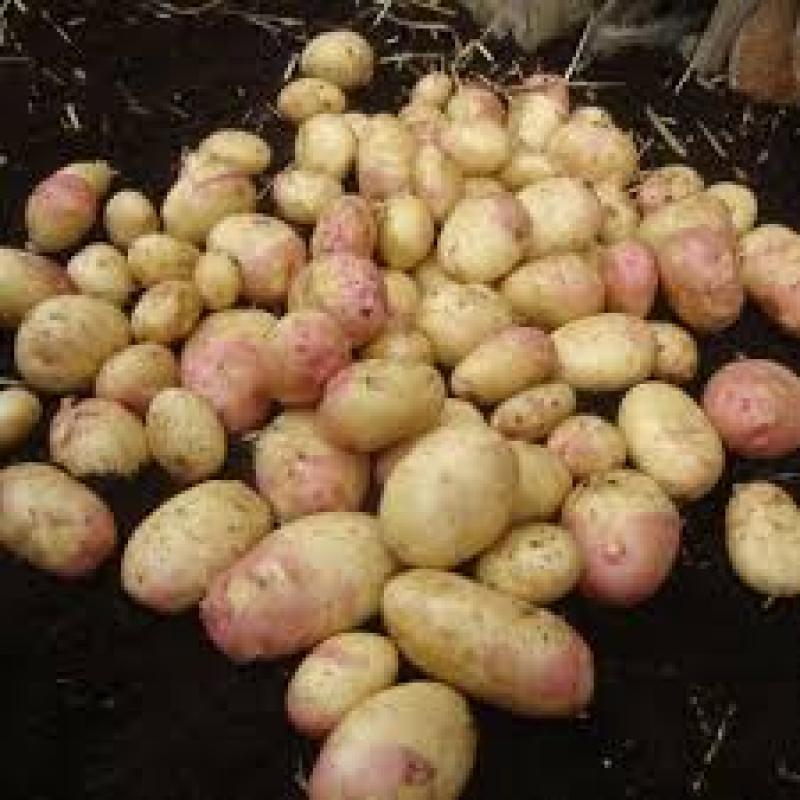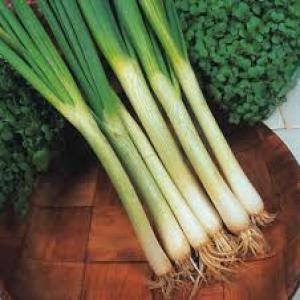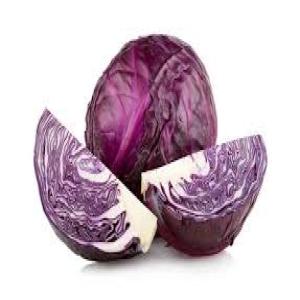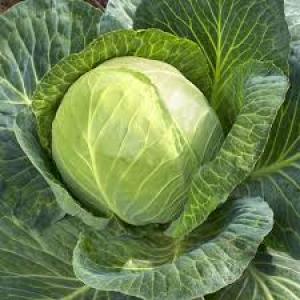

King Edward Seed Potatoes (Maincrop) UH-2025PST036
Seed Information
- Plant Type Vegetable
- Organic Yes
- Growing Difficulty Easy to Moderate
- Germination Time 14-21 Days
- Harvest Time 120-140 Days
- Best Season To Grow Spring
- SunLight Needs Full Sun
- Water Requirements Medium
- Height Of Maturity 30-50 CM
- None GMO Yes
- UK Native Yes
King Edward Seed Potatoes (Maincrop)
Plant these classic King Edward maincrop seed potatoes now for a delicious autumn harvest. Known for their excellent flavour, creamy texture, and versatility in the kitchen.
Growing Instructions
Chitting (Sprouting): This is a crucial step for maincrop potatoes like 'King Edward' to give them a head start.
Start chitting about 4-6 weeks before your intended planting time. Given the average last frost in Southport is around late March, starting to chit from late January to mid-February is usually ideal. - Stand the seed potatoes upright in egg boxes, seed trays, or similar containers with the 'rose' end (the end with the most 'eyes' or dormant buds) facing upwards.
- Place them in a cool, bright, frost-free location. A temperature of around 5-10°C (41-50°F) is perfect.
- Allow the sprouts to grow to about 1-2.5cm (½-1 inch) long. Rub off any weak or overcrowded sprouts, leaving about 3-4 strong sprouts per potato.
-
Planting Time: Plant your chitted 'King Edward' seed potatoes outdoors from mid-March to late April, once the risk of hard frost has passed and the soil has warmed up a little.
-
Planting Method:
- Choose a sunny spot with well-drained soil. 'King Edward' prefers a light, fertile soil.
- Dig trenches that are about 15cm (6 inches) deep and 60-75cm (2-2.5 feet) apart.
- Place the chitted seed potatoes in the trenches, sprout-side up, with about 30-40cm (12-16 inches) between each potato.
- Carefully backfill the trenches with soil, ensuring the tops of the potatoes are covered.
-
Earthing Up: As the potato plants grow, you'll need to 'earth up' the stems. This involves drawing soil up around the base of the plants to create ridges.
- Start earthing up when the shoots are about 20cm (8 inches) tall.
- Use a draw hoe or spade to pull soil from between the rows and mound it around the stems, burying the lower part of the shoots.
- Repeat this process every few weeks as the plants grow, until you have ridges about 15-20cm (6-8 inches) high. Earthing up protects the developing tubers from sunlight (which can turn them green and poisonous), provides support for the plants, and helps with weed control.
Care Instructions
Watering: Water regularly, especially during dry periods and when the plants are flowering and tubers are forming. Ensure the soil is consistently moist but not waterlogged.
- Feeding: 'King Edward' benefits from a balanced potato fertilizer applied at planting time and again when the plants start to flower. Follow the manufacturer's instructions for application rates. Avoid excessive nitrogen, as this can encourage leafy growth at the expense of tubers.
- Weeding: Keep the potato patch free of weeds, which can compete for water and nutrients. Regular hoeing is the best method. Be careful not to damage the developing tubers when weeding.
- Pest and Diseases: Keep an eye out for common potato pests and diseases such as aphids, potato blight, and slugs.
- Blight: This is a serious fungal disease. Good air circulation and avoiding overhead watering can help prevent it. If blight appears, you may need to use a suitable fungicide.
- Slugs: These can damage the tubers. Use appropriate slug control methods if necessary.
- Harvesting: 'King Edward' is a maincrop potato, so it will take longer to mature. They are typically ready for harvest about 15-20 weeks after planting, usually from late summer into early autumn (August-September).
- The foliage will start to turn yellow and die back when the tubers are mature.
- You can test a few plants by carefully digging them up. The skins should be firm and not easily rubbed off.
- Once ready, carefully dig up the potatoes using a fork, being careful not to damage them.
- Allow the harvested potatoes to dry on the surface of the soil for a few hours (in dry weather) before storing them in a cool, dark, and well-ventilated place.
Enjoy your homegrown 'King Edward' potatoes! They're a real treat from the garden.











